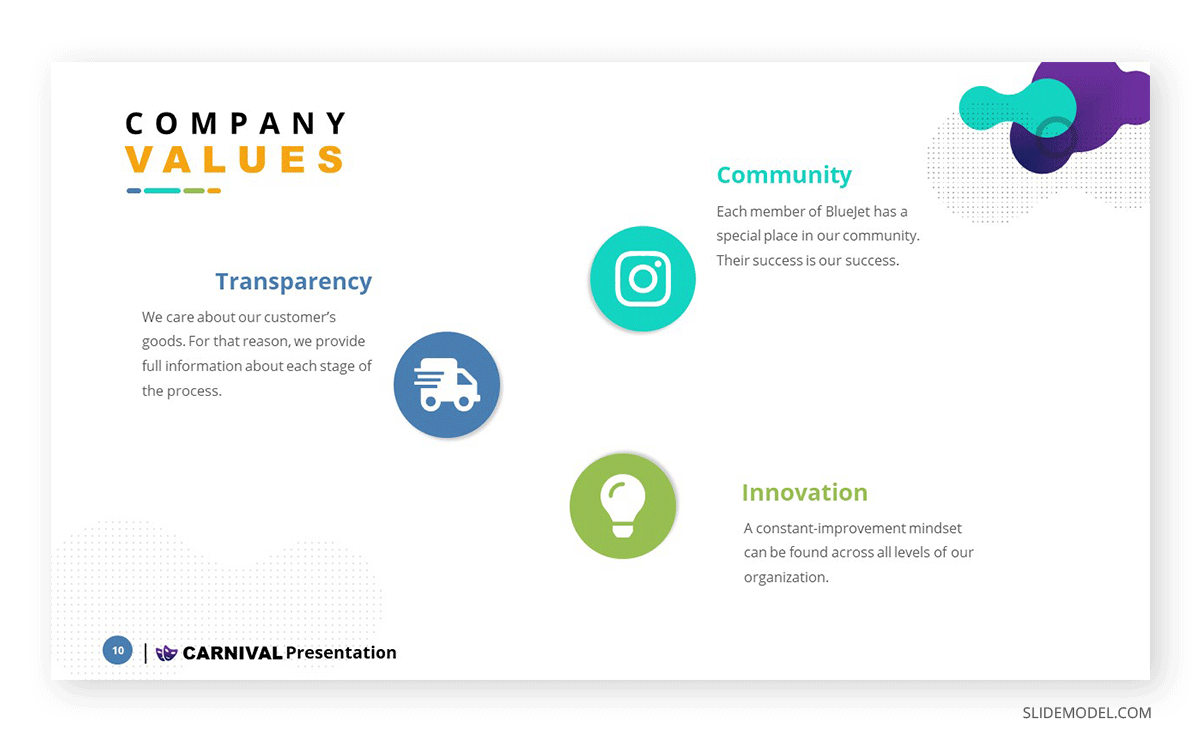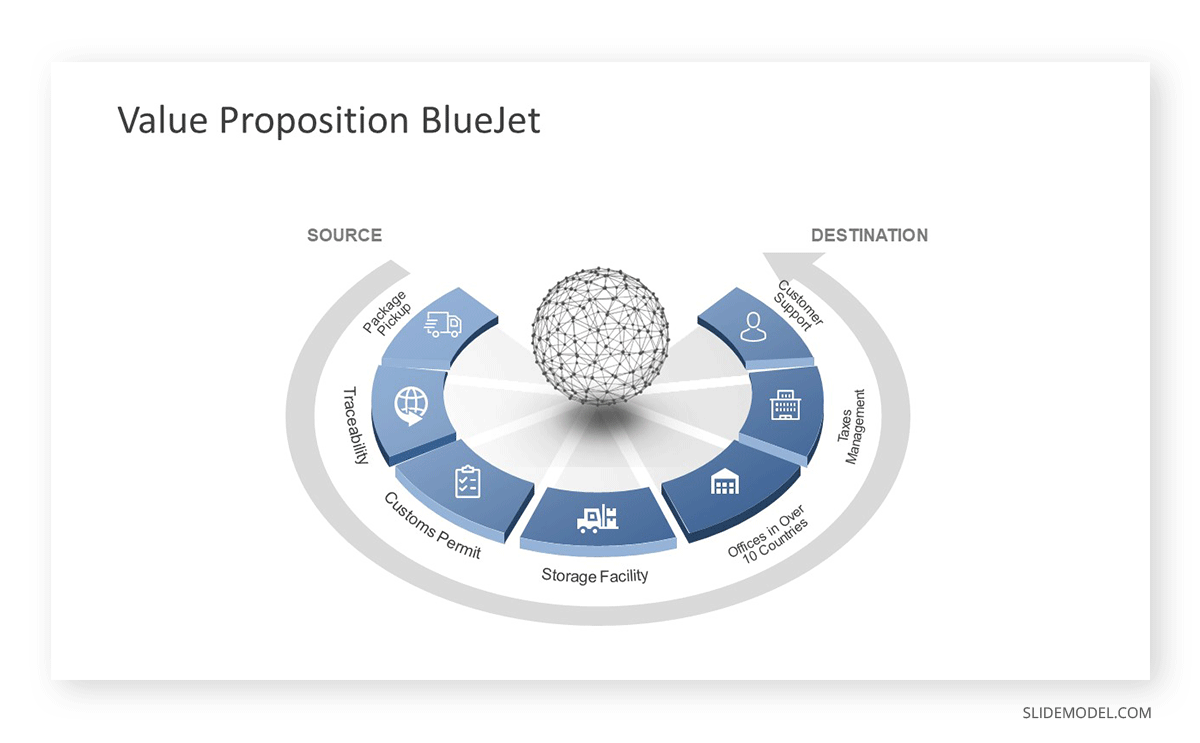
The purpose of a business is the foundation on which its success is built. A clear and meaningful purpose statement can differentiate between achieving your goals and falling short. It sets the direction for decision-making, guides strategy, and focuses on all aspects of your business operations.
Crafting an inspiring and effective purpose statement requires careful consideration and thoughtfulness. To help you create one that will have maximum impact, we have put together this step-by-step guide on how to write a purpose statement for your business. We’ll cover how to define what matters most to you, develop key messages based on those values, and craft a powerful message that resonates with customers, stakeholders, employees, and beyond. So let’s get started!
Table of Contents
- What is a Purpose Statement
- Why is a Purpose Statement Important
- What Should a Purpose Statement Include
- Crafting a Purpose Statement Presentation
- Purpose Statement Examples
- Conclusion
What is a Purpose Statement
A purpose statement is a concise and meaningful declaration of why a company exists, with a clear alignment with the company’s goals, mission, and vision statements. Following Simon Sinek’s book, a purpose statement answers the “Why” behind a company, which helps to inspire all members of an organization towards a common goal. This should be the primary objective of leadership.
You can also come across a purpose statement under the name of a “position statement,” as a purpose statement reinforces how a product, service, or company answers a consumer’s need while at the same time establishing itself in the market.
A purpose statement is crucial for any marketing plan. It serves as an anchor point for employees and helps to unify the company’s efforts by creating clarity around what matters most. It should drive decision-making at every level and guide strategy development.
Why is a Purpose Statement Important
A purpose statement is critical for an organization to have to define its vision and align the collective efforts of employees toward achieving that vision. It provides clear guidance for decision-making at all levels and helps focus resources for maximum efficiency and effectiveness. A purpose statement should be designed to inspire, motivate, and engage all stakeholders in the organization, including customers, suppliers, investors, and employees.
The role of Purpose Statements in Strategy
Having a purpose statement gives an organization a solid framework to build upon when developing strategies and tactics to reach its goals. It serves as a roadmap for setting up projects, organizing activities, measuring progress, and providing feedback to refine operations or adjust its course if necessary. This allows organizations to quickly identify opportunities or potential issues that may arise along the way so they can take corrective action.
Inspiring Current and Prospect Employees
A compelling purpose statement can draw in promising professionals driven by a unified mission rather than just financial compensation. It has been proven that employees who seek fulfillment beyond money tend to stay with an organization longer, resulting in higher retention rates and helping to build a company’s culture. Additionally, having a meaningful purpose statement can give organizations an edge during competition with other firms, making them stand out from their peers.
Transparency for Customers
Most importantly, a well-crafted purpose statement will clarify why an organization exists and what it stands for beyond making money which speaks volumes about its values and commitment to making positive contributions to society. This type of transparency can go a long way in building trust from customers and shareholders, as it shows that they are invested in something greater than financial success. Better said, getting in touch with an organization’s purpose statement is the first step to building social capital.
What Should a Purpose Statement Include
Defining Your Values
Values represent the heart and soul of an organization and should be clearly articulated to ensure that employees, customers, and stakeholders understand what the company stands for.

When defining values, it’s essential to think beyond surface-level qualities such as customer service or collaboration – instead, focus on deeper principles that guide decisions and serve as the foundation for all operations. To begin, companies need to consider their core beliefs and philosophies, including ideas related to social responsibility, sustainability, innovation, integrity, respect for diversity, etc. Once these have been identified, they can then be distilled into specific statements that capture their essence.
Organizations must also address if the values are applicable across their different departments. This shall draw clarity at each level on decision-making, initiatives, and strategy decisions.
Identifying Your Unique Value Proposition
A company’s Unique Value Proposition in a purpose statement presentation is essential for distinguishing it from other competitors in the marketplace. A solid and compelling proposition should be clear, concise, relevant, and tailored to the target audience’s needs. This statement should reflect a company’s core values and prove why they are distinctive and better than its competitors.
Start by understanding the target audience, its requirements, and the needs and desires to fulfill. Once this step is completed, companies should define how their organization attends those fill gaps in the market, distinguishing themselves from competitors by highlighting what makes them stand out.

Another important point is to set clear the competitive advantage. A list of perks could include exclusive benefits, better quality products or services, a customizable service, lower prices for the same quality, etc. Cutting-edge technologies should take special mention in a purpose statement presentation, as it helps to elevate the quality proposition a company offers among other players in the industry. Management can back up this information in the form of customer testimonials, data statements, or any other valuable proof that presents key points in an easy-to-access format.
Crafting a Purpose Statement Presentation
Writing Out the Main Points of Your Purpose Statement
At the moment of designing your company’s purpose statement presentation, write down an outline of the key elements to mention or include:
1. Target audience and their needs.
2. How the product or service solves customer pain points or fills gaps in the market.
3. Any competitive advantages that set them apart from others.
4. Quality of products or services offered.
5. Customer service offering.
6. Claims backed up with evidence, such as customer testimonials and reviews.
7. Visuals such as videos or infographics to draw attention to key points.
Creating an Emotional Connection with Your Target Audience
While it is true that tools such as storytelling help us connect at an emotional level with the target audience, the first level of emotional connection must be in company. A good practice for this objective is to run surveys across your employees, potential customers, and stakeholders, knowing different views of what builds a successful consumer experience.
Having contrasting insights and not just counting on customer-based input is an excellent exercise to evaluate how self-critical an organization is, how its employees and stakeholders help build a story that contributes to society, and why the company serves the needs of its consumers. Craft a narrative that conveys that message in an understandable format, with keyphrases that generate an emotional retention element.
How to Structure a Purpose Statement
Now it is time to create the presentation itself. How do we create a compelling purpose statement presentation to drive engagement and common ground among stakeholders? Follow the list below to define the slides to include.
1. Introduction: Provide an overview of the purpose statement and why it is important. Take some extra time if you consider several options on how to start a presentation. Your presentation style has to be in accordance with the branding so the introduction is the first impression the audience shall get.
2. Target Audience & Their Needs: Describe the target audience and list their needs.
3. Unique Value Proposition: Explain how the company’s offering meets customer needs more effectively than competitors do, and highlight any competitive advantages that set them apart from others in the industry.
4. Customer Value: Highlight qualities that help craft an exceptional customer experience. This information can be extracted from the survey’s analysis.
5. Testimonials: Include customer reviews to show social proof of why a company’s offering is superior to others on the market.
6. Visual Aids: Add visuals such as videos or infographics to draw attention to key points while making statements more engaging for viewers. This is an excellent opportunity to test the reception of video ads explaining the purpose statement in front of an audience.
7. Summary & Conclusion: Summarize key takeaways and provide evidence for claims made throughout the presentation.

Purpose Statement Examples
Before concluding this article, we want to list some examples of companies whose purpose statements successfully express the intention and reason for existence.
AT&T: “Inspire human progress through the power of communication and entertainment.”
Cognizant: “We engineer modern businesses to improve everyday life.”
GE (General Electric): “We rise to the challenge of building a world that works.”
FAQs
How can a purpose statement help attract and retain employees?
A well-crafted purpose statement can:
– Motivate employees by connecting their work to a larger mission.
– Foster a sense of belonging and shared values.
– Improve retention by appealing to professionals seeking fulfillment beyond financial rewards.
How does a purpose statement build customer trust?
A purpose statement shows:
– Commitment to values beyond profit.
– Transparency in the company’s goals and actions.
– A focus on positively impacting society, which resonates with socially conscious customers.
What steps should be taken to craft a compelling purpose statement?
– Define your values.
– Identify your target audience and their needs.
– Establish your unique value proposition.
– Highlight the emotional and practical impact of your offerings.
– Create a clear and concise narrative that resonates with stakeholders.
How can a purpose statement benefit branding and marketing?
– Builds a consistent brand message.
– Differentiates the company in the marketplace.
– Strengthens emotional connections with customers.
– Reinforces trust and loyalty through transparency.
How does a purpose statement align with a company’s mission and vision?
– The purpose statement focuses on the “why” behind the organization.
– The mission statement describes how the purpose will be achieved.
– The vision statement outlines the long-term goals and aspirations inspired by the purpose.
Conclusion
As we have seen, crafting a purpose statement is vital for any organization that desires to stand out in the market. Doing so allows potential customers to have an accurate understanding of why they should choose your product or service over others on the market while also empowering organizations on their journey to success.


